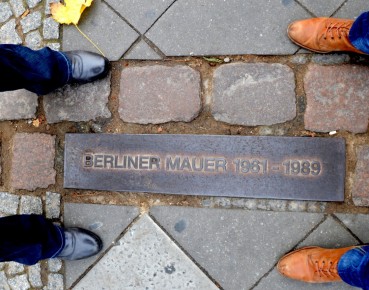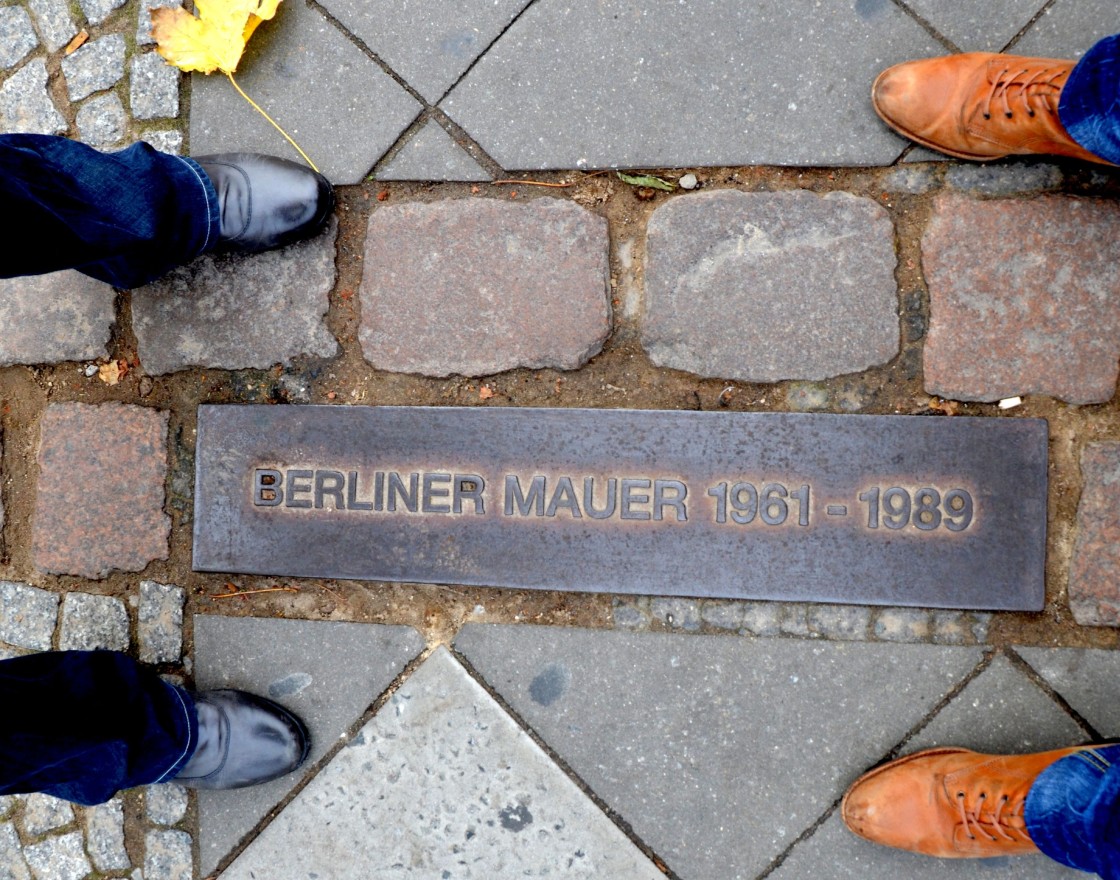
Berlin, Germany (Pixabay, Sarah Lötscher, Public domain)
In early October, Germany celebrated an important anniversary — 30 years has passed since the former German Democratic Republic (GDR) and the Federal Republic of Germany (FRG) after decades of separation merged to form a single united German state.
Although an undoubtedly key historic milestone for the re-unified Germany, the celebrations left much to be desired. Walking through the streets of Berlin, one could barely notice that it was here that 30 years ago the fate of modern Germany was sealed. And no wonder, most Germans take the anti-pandemic measures pretty seriously, so no major public gatherings were expected.
Instead of filling city squares and pubs, most Germans stayed at home and watched special programs on the TV, reminiscing about the historic moments. There was a key question that everyone was asking: “How much is the 40-year division of the country into two pieces still visible to this day? Are there any major differences between former east and west Germany today? Or has 30 years been enough time to smother any undesirable differences and inequalities?”
Arguably, the most visible difference between the two former German parts has to do with the economics.
It’s not just about the GDP
After 30 years of a systematic economic development of the east German economy (for example, many Germans still pay the so called “Soli Tax” that is used to improve economy in the eastern Germany), the five former east German states still only reach 73 per cent of the average GDP in the western Germany. Needless to say, it is still a significant improvement from the levels 30 years ago — 37 percent.
Besides the GDP figures, there is a few other important economic indicators that clearly show that east German states still have a lot to do to catch up with the more affluent western part of the country. According to a German economic weekly, an average west German household owns about EUR60,000 worth of property, about three times more than an average east German household. More importantly, in 2008, west Germans owned only 2.4 times more on average. This shows that, in this particular regard, the two halves actually diverge economically even further apart.
According to the German Economic Institute, the GDP figures are not the only criteria worth considering when studying the economic convergence of east and west Germany. The institutes’ so called “Unity Index” takes into consideration other important economic factors, such as level of unemployment, productivity or the amount of available work force.
The composite index shows that the 5 east German states reach 76.5 per cent of the level of west Germany, so slightly better result than just the GDP level, and up from 51 per cent in 1991. Most importantly, the index shows that the economic convergence process hasn’t stalled in recent years. Between 2014 and 2019, the index grew by 3 per cent.
On the other hand, the study identifies some major weakness of the East Germany economy, such as low level of investment in production plants and research and development. The east German average of investment in equipment such as machines or production plants is just over 60 percent of the west German average.
In terms of spending on research and development, the situation is even more dire. The share of all workforce employed in east Germany in research and development reaches only 44 per cent of the west. This is despite the fact that east Germany is well equipped with public research facilities. The problem is the lack of skilled workforce.
In general, demographic factors arguably present the single largest threat to the possibility of a full economic convergence between east and west Germany in a foreseeable future. While the west German states have an average of 268 inhabitants per square kilometer, there are only 116 people per square kilometer in the five east German states.
According to the study, there will be only 5.5. million working age people in east Germany by 2050, down from the current number of 8 million. “The drop in the number of births after 1990 and the strong emigration of younger people until 2013 are still having an effect,” the study reads.
And although the internal German migration has in recent years been more or less balanced (same amount of people going from east to west as from west to east), there is still comparatively very little foreign migration to east Germany. This is the case especially for well-trained, educated migrants who are mostly moving to west German states, such as Bavaria, Baden-Wurttemberg or Hamburg.
E-mobility brings hope
In the era e-mobility and renewable energy, there are now renewed hopes in Germany’s eastern flank that the economic convergence with the country’s wealthier west could happen soon. New opportunities are opening up for the five eastern states.
For example, the US car maker Tesla is building a huge factory for electric cars on the edges of east Berlin, brining hopes for employment and further infrastructural development for the whole surrounding state of Brandenburg.
And it is not just Tesla. The German chemical company BASF is building a production facility for electric battery parts in Brandenburg, and the battery manufacturer CATL is settling in Thuringia, another east German state.
Germany is one of the world leaders in the economic transformation towards a greater use of electro-mobility and renewable energies. And this transformation could benefit the east German states in particular.
Some experts in Germany even argue that east Germans are actually better equipped to adapt to the new economic era then their compatriots in the west. And it is not a completely unreasonable expectation. After all, east Germans know very well what it takes to build an entirely new economy from scratch.

